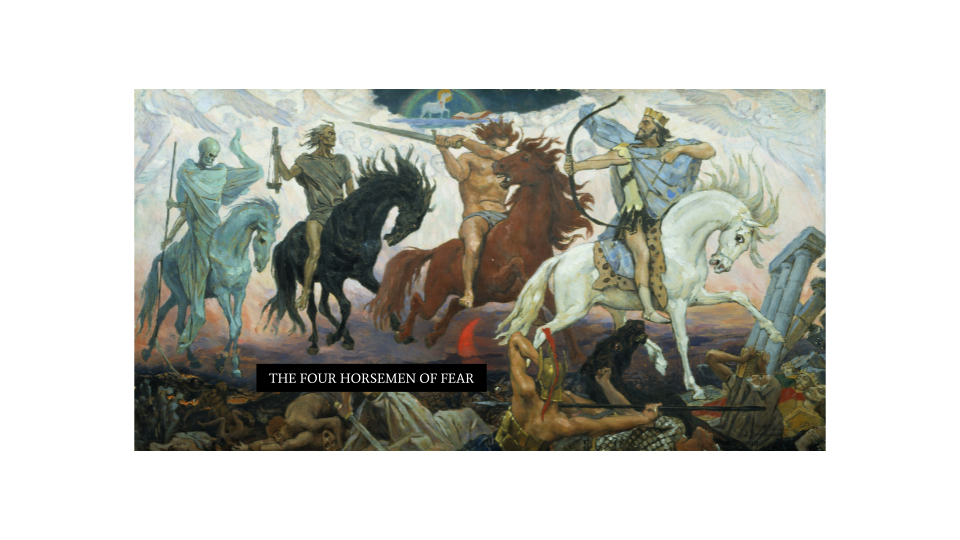
Treating anxiety, depression and other disorders may depend on the amygdala, a part of the brain that controls strong emotional reactions, especially fear. But a deep understanding of this structure has been lacking. Now scientists at the University of California, Davis have identified new clusters of cells with differing patterns of gene expression in the amygdala of humans and non-human primates. The work could lead to more targeted treatments for disorders such as anxiety that affect tens of millions of people.


